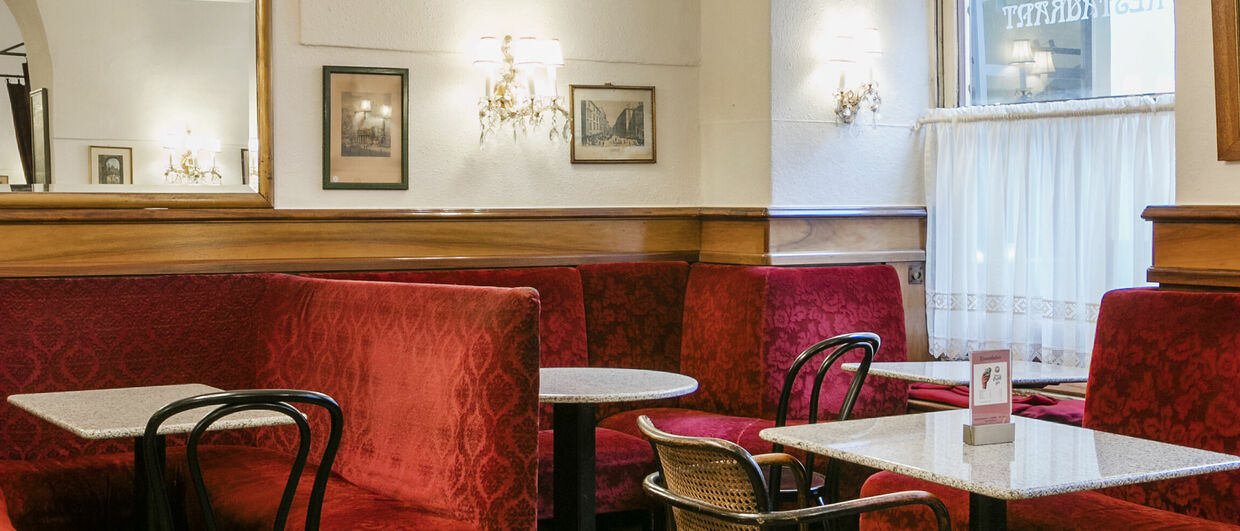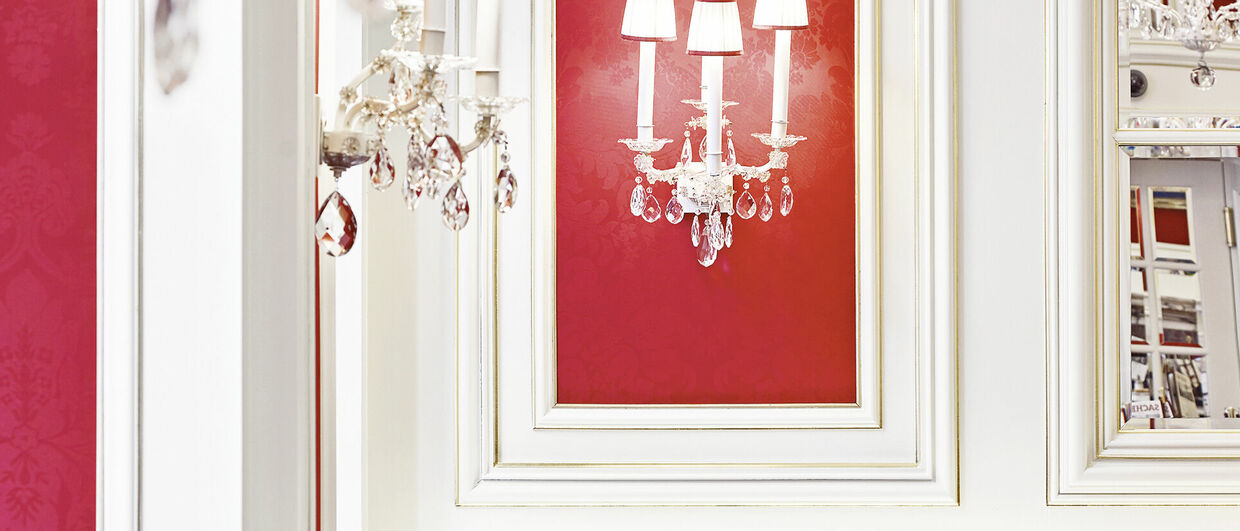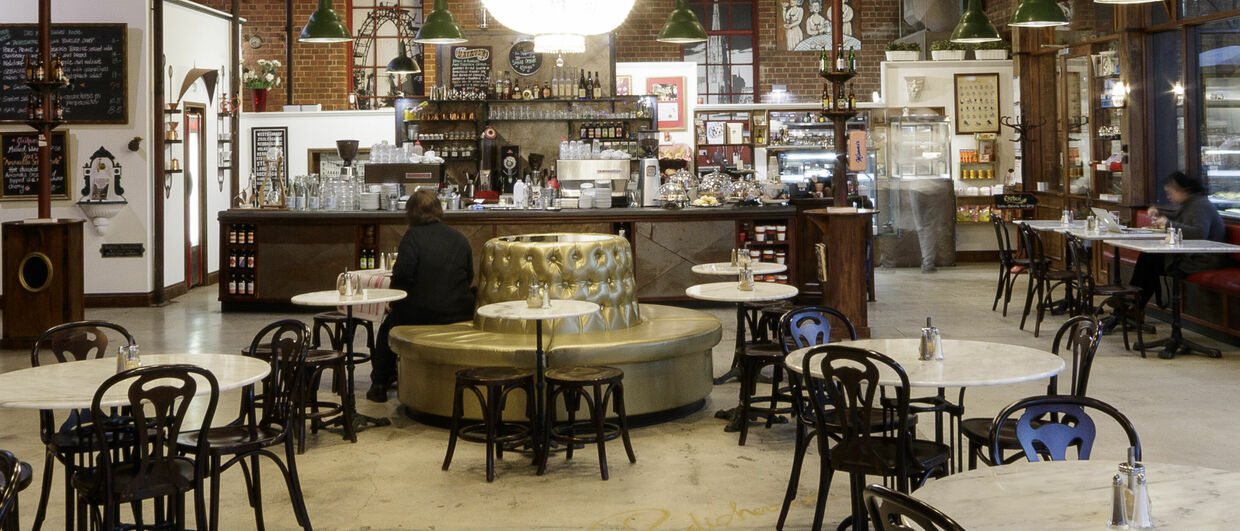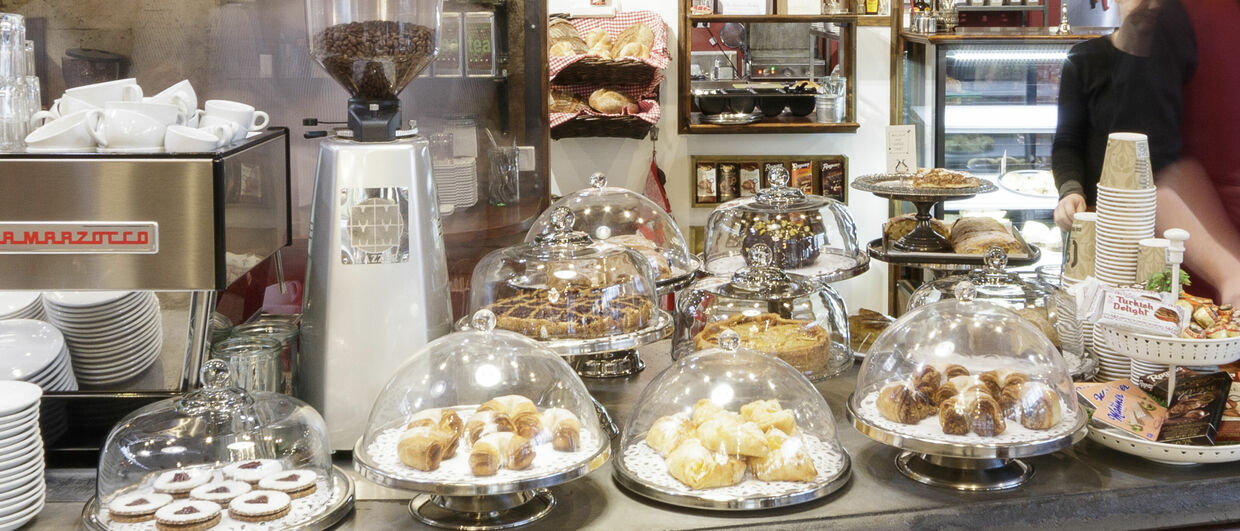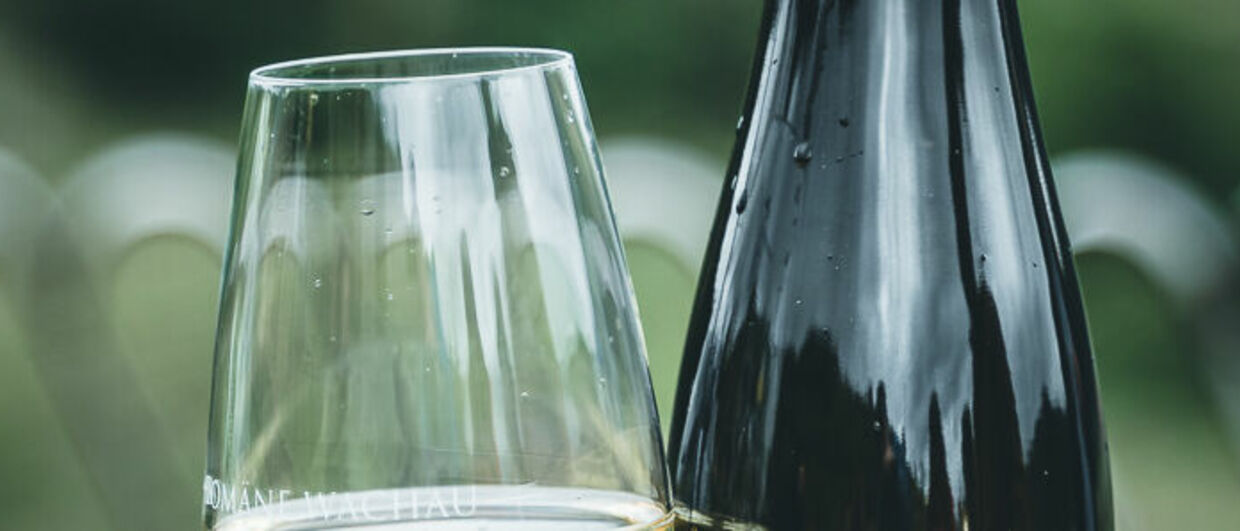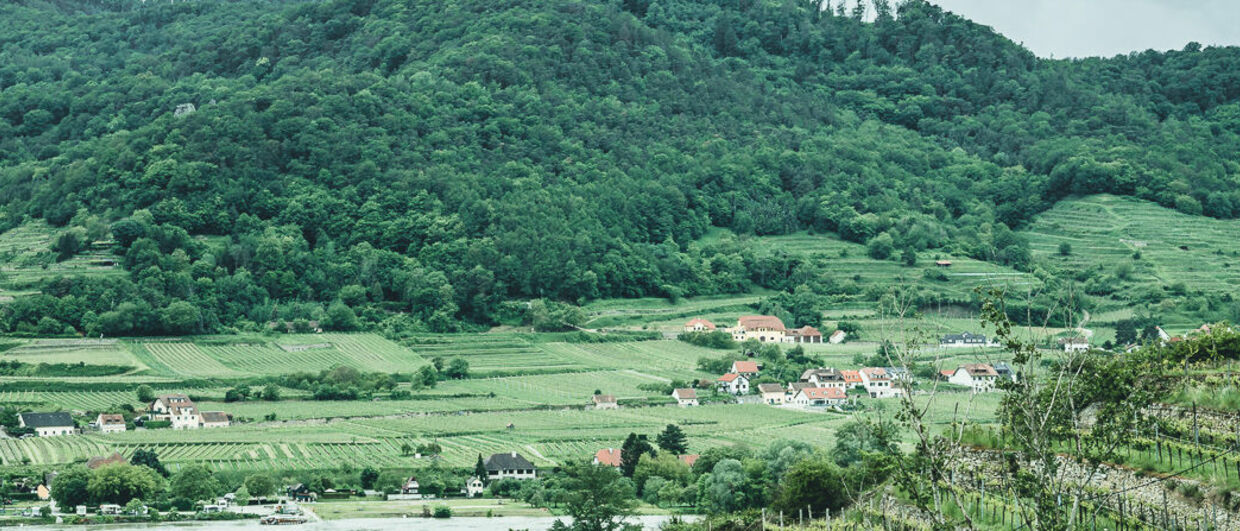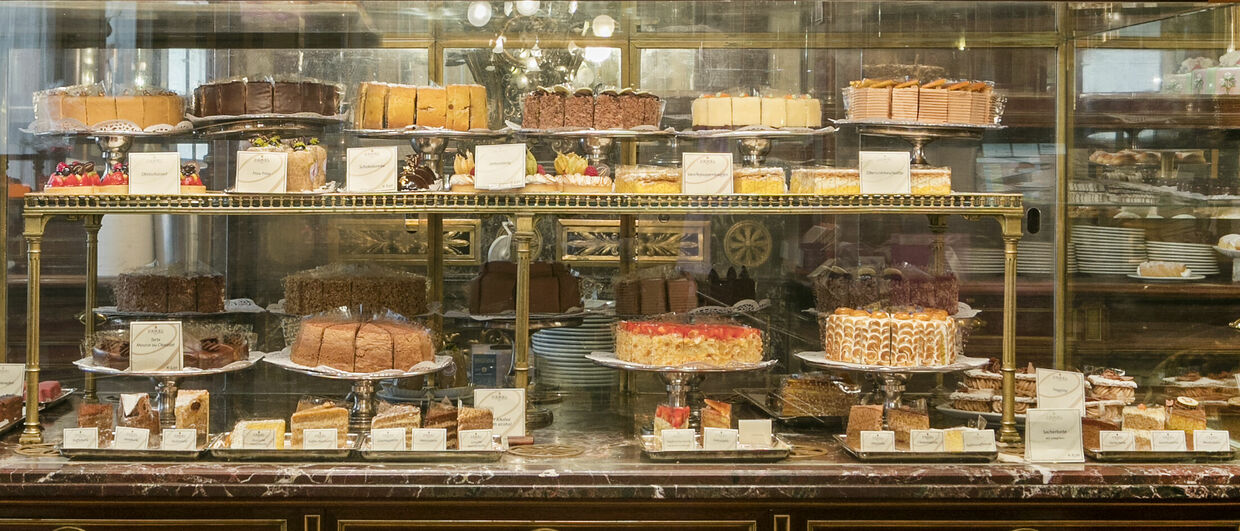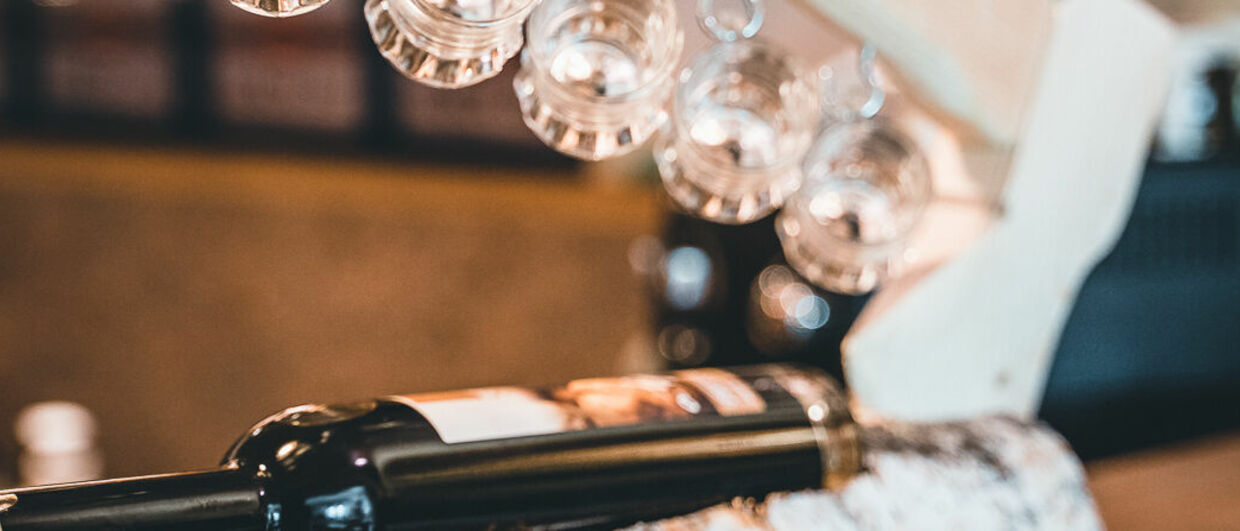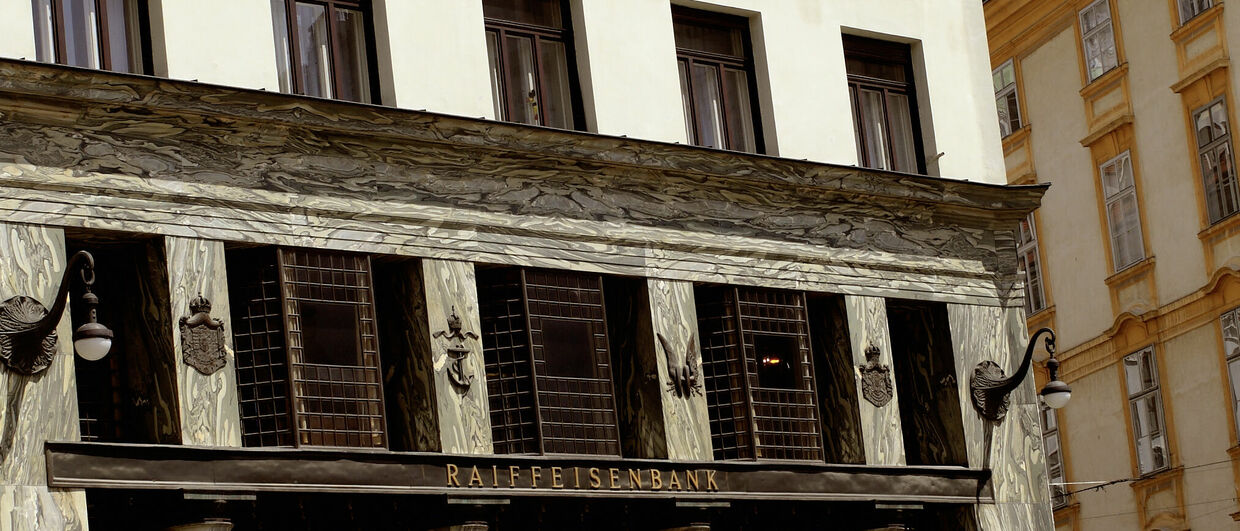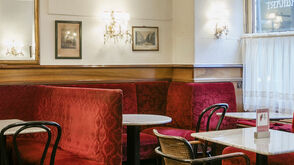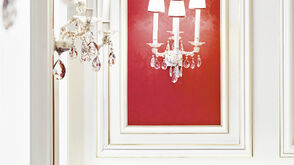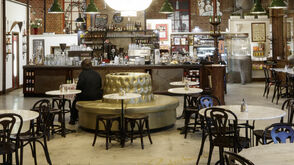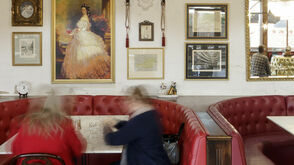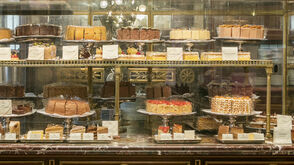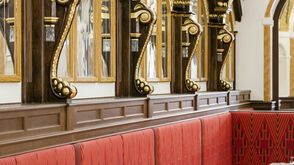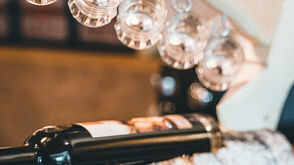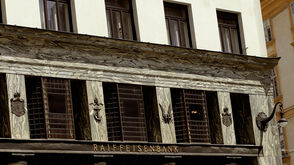No Passport Needed: Where You Can Your Austria Fix In Australia
To make the wait for international travel to resume a little bit easier for your readers here are some things to do and places to visit that will make them feel like they are in Austria.
Order a Melange and Topfenstrudel at Das Kaffeehaus in Castlemaine, VIC
Sitting in a traditional Thonet wooden chair at a marble table, sipping on a melange, waiting for a Topfenstrudel whilst watching the passers-by: welcome to a Viennese coffeehouse. For the Viennese, the Kaffeehaus is an extended living room with a long tradition. Around 1900 a group of authors went down in history as coffee house literati: they not only socialized in the Kaffeehaus but used it as their workplace. Peter Altenberg (Viennese writer and poet) even wrote the address of his local Kaffeehaus on his business card and had his mail delivered there. This tradition has been carried on by the owners of Café Museum. The Kaffeehaus near Karlsplatz opened its doors for students during the recent lockdown to provide a quiet place for studying.
We don't know when experiencing the 'real deal' will be possible again but until then we can visit Das Kaffeehaus in the heart of Victoria. The Austrian owners, Elna Schaerf-Trauner and Edmund Schaerf, bring over sixty years of family tradition to the art of making Viennese coffee. As soon as you set foot in Das Kaffeehaus you feel like you were transported to Vienna: a counter full of homemade cakes and pastries, wait staff dressed in black and white and comfortable plush seating. When you look at the menu you could think you are at Café Central in Vienna: from savoury dishes like Wiener Schnitzel and Fiaker Gulasch to desserts like Palatschinken, Sachertorte and Guglhupf.
Sip Grüner Veltliner in the Adelaide Hills, SA
Austria's vibrant wine scene has earned a worldwide reputation for quality and innovation. The country's cool climate lends itself to ideal grape-growing conditions, with a number of international successful varieties such as Riesling, Sauvignon Blanc, Gelber Muskateller (Muscat Blanc à Petits Grains), Chardonnay, Pinot Noir, Merlot, and Cabernet flourishing in regional vineyards throughout the land. But one of Austria's most significant white wines is Grüner Veltliner, a wine that grows in many Austrian wine regions, especially in the Wachau region, only 50 minutes west of Vienna. The narrow Danube River valley running from Melk to Krems is home to Domäne Wachau, Europe's best vineyard (and number three in the world) according to the latest ranking of World's Best Vineyards.
Whereas a visit of Domäne Wachau to sip on a glass of crisp Grüner Veltliner is still in the (hopefully not so) distant future, thanks to Larry Jacobs, one of the owners of Hahndorf Hill winery in the heart of the Adelaide Hills, you can get your hands (and lips) on the golden drop without leaving the country. Jacobs introduced the grape to the Adelaide Hills a couple of decades ago when he was looking for a new variety suitable to the cool climate of the region. The Adelaide Hills now has the largest concentration of Grüner Veltliner vines in Australia, with approximately 30 different labels being produced.
Ski the slopes of Mt Buller (during Australian winter), VIC
Some say skiing might have been the only thing that kept Austrians sane during winter lockdown. What used to be a cumbersome way of getting from A to B is nowadays one of the most passion-filled sport experiences you will have in Austria. The history of skiing begins in the early 20th century, when Austrian pioneer Mathias Zdarsky became the first person to sail down steep mountain slopes on wooden planks. He used a long pole to change direction. Several years later, another ground-breaking revolution occurred: Hannes Schneider developed the stem turn and the parallel turn. This is when Alpine skiing really took off: countless ski schools were founded, including the very first Skiing Academy (set up by Hannes Schneider himself) in St. Anton am Arlberg.
Mt Buller is as close as it gets to Austrian skiing in Australia. The connection to Austria is more than evident in St. Anton's sister resort in down under. From infrastructure by Doppelmayr, the leading Austrian manufacturer of ski lifts, cable cars and ropeways, to Pension Grimus, nowadays run by the family of Austrian born Hans Grimus. Hans, who came to Australia in 1959, was one of the pioneers for Australia's winter sport industry and contributed to the success of Mt Buller ski resort. Good to know: Season members of Mt Buller also get a range of benefits when skiing in St. Anton.
Drink Schnaps at Wildbrumby Distillery in the Snowy Mountains, NSW
The tradition of drinking Schnaps is as deeply rooted in Austria's DNA as is sipping a Melange and Grüner Veltliner. Schnaps is a general name for distilled fruit brandy in Austria. Schnaps distilleries are native to the European Alps, where the winters are too cold for traditional wine production. Usually, Schnaps is drunk in shot form, commonly after a heavy meal as a digestive. It's also popular during winter months in Austria's ski fields as it's supposed to keep you warm. Because of its location in the Alps, the province of Tirol tops the list of distilleries per capita in Austria. 2,500 of Tirol's 4,000 local distilleries have been permitted to distil since the introduction of the royal decree of Empress Maria Theresia (Marie Antoinette's mother). Along the Tirol Schnapps Route you will find a remarkable collection of 41 artisan distilleries, and each one has its own characteristics.
Ski fields and cold weather are also the reason why you can find an Austrian Schnaps distillery near one of Australia's few winter sport resorts in the Thredbo Valley. The Wildbrumby story begins when Brad Spalding met his future wife Monika while working as a ski instructor in Kitzbühel, Tirol. Monika's grandfather in Austria had been distilling schnapps long before the couple was born. With the dream of perusing Monika's distilling heritage, the Spaldings decided to bring Schnaps to the Snowy Mountains. The pure mountain water combined with home-grown organic fruit and botanicals delivers homemade Schnaps to Australian alpine enthusiasts during all seasons. Avid hikers can conquer “Little Austria” before heading to Wildbrumby for a Schnaps. Little Austria can be reached via a detour along the Main Range Trek but is not for the faint-hearted (which means you need that Schnaps afterwards even more).
Browse through the Adolf Loos Collection at the NGV, VIC
During the second half of the 19th century Vienna transformed itself into an intellectual and artistic centre of the world. Austria's capital was the perfect breeding ground for an artistic revolution: Viennese Modernism was born. It was one of the most important eras for art and culture in Austria's history. Artists, writers, physicians, designers and many other individuals would meet at the city's coffeehouses and boundaries between disciplines were blurred. One of this era's famous 'enfant terrible' was Adolf Loos. Loos, who is known as the architect who banished ornamentation from architecture and design, first became the talk of the town as a journalist for a daily newspaper where he voiced his opinion on the ornate style. He even mocked the leader of the Wiener Werkstätte Josef Hoffmann and the idea of Gesamtkunstwerk. Loos' best-known work, and also one of the most important structures built in the 'Wiener Moderne', is the Looshaus on Michaelerplatz in Vienna's 1st district. Because of its rejection of historicism, as well as the ornaments used by the Wiener Secession its appearance shocked Vienna's citizens and people called it the 'house without eyebrows'.
But the first architectural commissions Loos received included home furnishings for bankers. Interiors are an integral part of his work and he has furnished over 60 apartments in the course of his career. You can see some of Loos furniture on level 2 of the NGV in Melbourne as part of the mid-20th century collection. Browsing through the collection will transport you back to what must have been a very interesting time to live in Vienna.
Download images for this press release here:
to.austria.info/imagesnopassportneeded
For further 300dpi images you can visit our image database: views.austria.info or contact:
Austrian National Tourist Office
Astrid Gruchmann-Licht, Director
T: (02) 9299 3621
astrid.gruchmann-licht@austria.info


